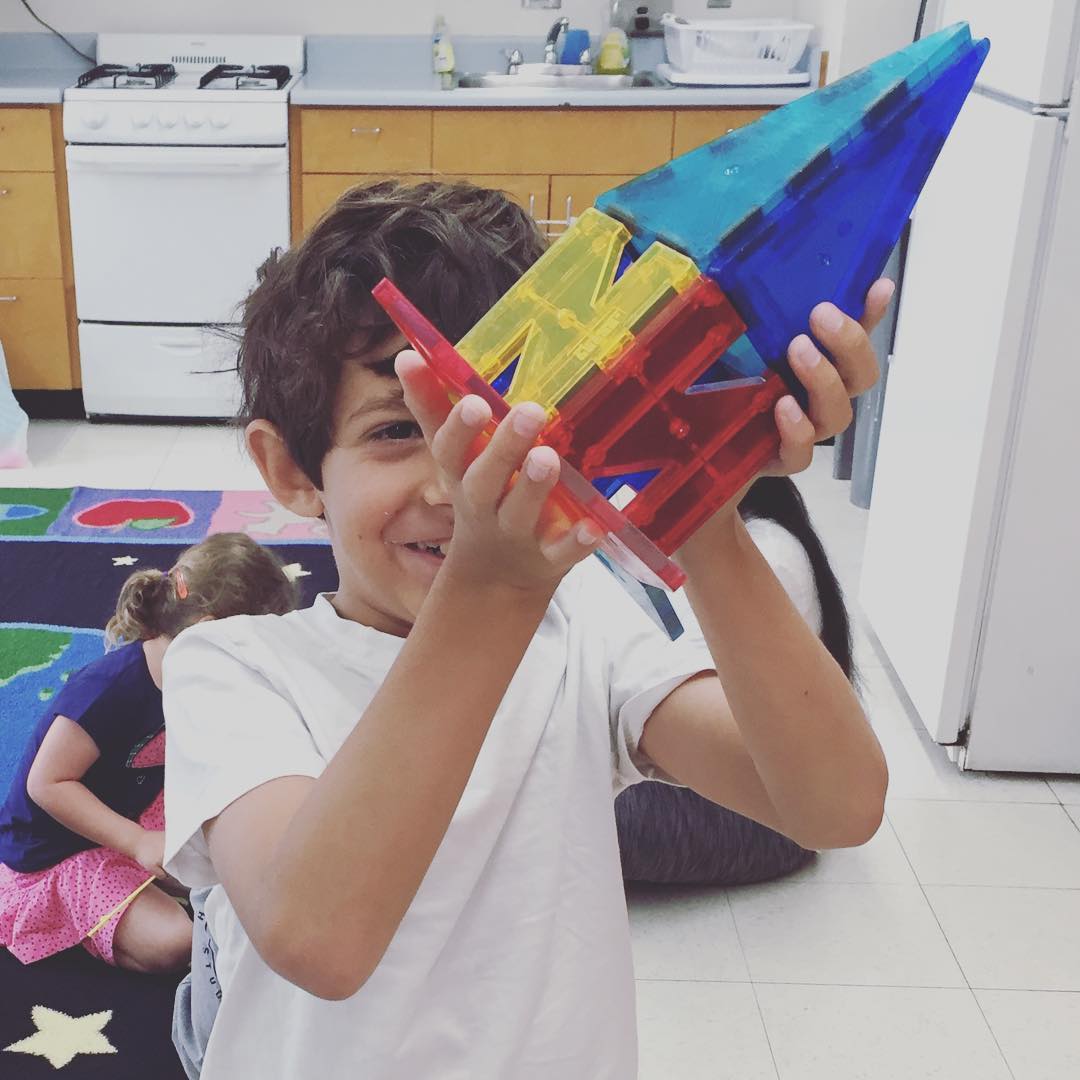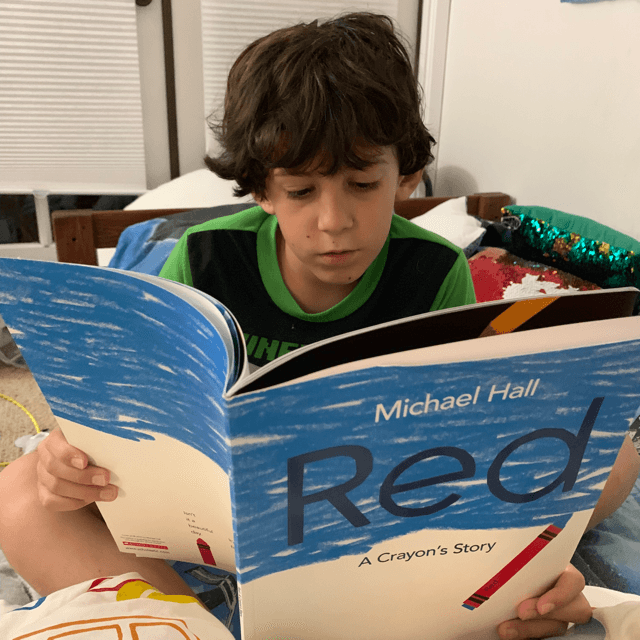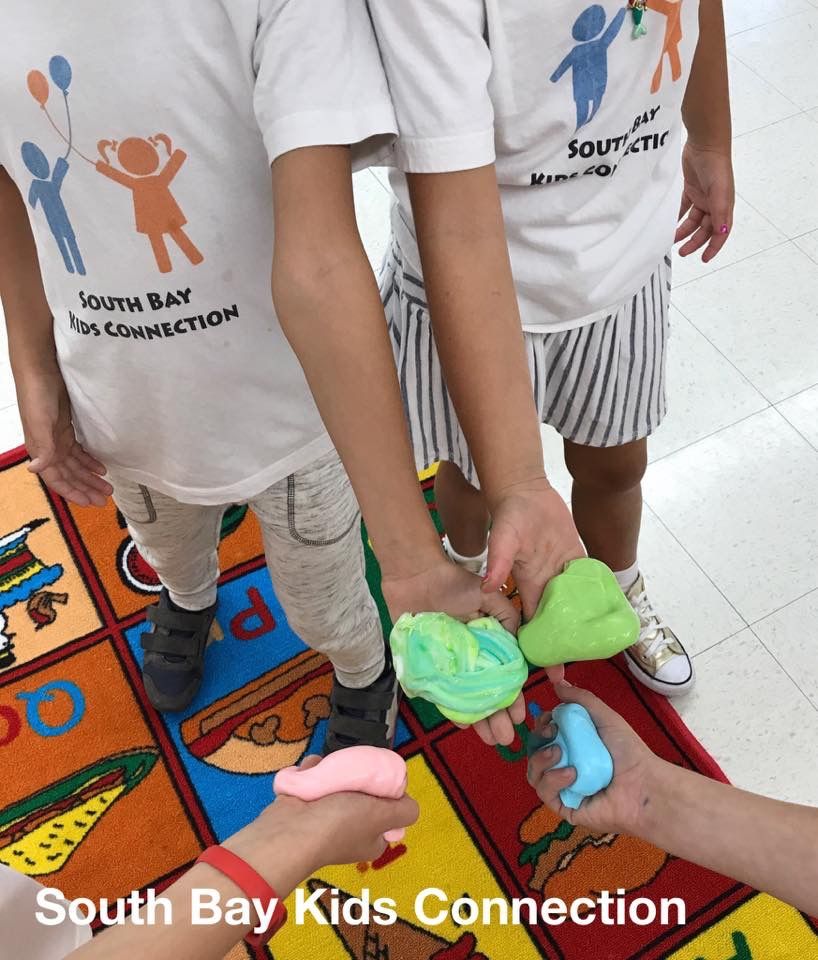Put on your Building Cap!
5 Unique Building Toys that Foster Social Skills
 Building toys are keys that open up imaginations. When kids see the multitude of colorful pieces their little brains automatically start visualizing potential creations and story lines that go along with them.
Building toys are keys that open up imaginations. When kids see the multitude of colorful pieces their little brains automatically start visualizing potential creations and story lines that go along with them.
They also serve as tools to develop and practice fundamental early learning skills. Observe a child building and you will see them using fine motor skills, color and shape sorting and identification, as well as numeracy.
But perhaps more importantly, building materials lend themselves perfectly for practicing social skills! All of these skills can be facilitated by an adult with non-invasive verbal or gestural prompts if needed. We never want to create dependence on adult interference but it’s important to observe and see if these skills are developing. Always meet a child where they are at and go from there.
- Executive Functioning: When children have open ended building play that they are in charge of, they start thinking about what pieces they’ll need, how big to make their creation, and to re-adjust if they have miscalculated in their minds. They are learning to plan, predict and organize. These are difficult skills to explicitly teach yet so important as a child gains more independence and expectations of self-regulation increase with age.
- Communicating with peers: There’s a natural give and take when building cooperatively or in parallel. When engaging in interactive play, kids start adding on to each other’s thoughts, making suggestions, and giving opinions. When building side by side, kids ask to use certain pieces, inform their peer(s) which items they will need as well as comprising.
- Sharing: Beyond simply sharing the actual pieces, more meaningful is when kids share what they’ve made, compliment each other or share the emotional state of excitement or wonder. Don’t underestimate the importance of when a child beams as she says, “Look at this!”
- Conflict Resolution: Differences of opinions and disagreements are to be expected at any age. What do you do when there is only one square left and I need it for my tower but you are already using it? How do I react when you grabbed the piece that I was just about to use? What do you say when I knock your creation down as I reach across to get more materials? How we help kids resolve these minor disputes starts building the foundation for handling disappointments and learning self-advocacy.
Here are five favorite building toys for social and play skills groups at South Bay Kids Connection.
1. Brain Flakes: These small, interconnecting plastic discs are super sturdy so once together, they won’t fall over and others can’t “accidentally” destroy it. They come in vibrant colors but all the pieces have the same shape and size. This can be convenient with larger groups to avoid situations when kids want very specific types of pieces.
2. Squigz: A very original idea, Squidz are suction building cups that come in different shapes and sizes. Our kids have discovered they stick to the floor and even your forehead if you try hard enough! They come in different forms which causes children to try lots of different ways to put them together. Not that many come in the single package so prepare to buy a couple if your kids enjoy them.
3. Magna Tiles: These 3D magnetic tiles are an absolute must have in any kids-group setting. They are extremely durable and do not require strong fine motor skills to stick them together. The creations made can be somewhat fragile but that just gives more opportunities to re-strategize and rebuild. These are on the pricier side but well worth the investment!
4. PlayMais: Although these look like colored packing peanuts, they are naturally made out of corn. You just gently press the pieces on a wet cloth for them to stick to each other. Made in Germany, they are an environmentally friendly alternative from the typical plastic building toys. Although they are technically, single use, I have discovered that if you are careful, sometimes you can pull them apart to use again. If not, save the creations and use for imaginary play schemes.
5. Playstix: Think Lincoln Logs but smaller and more colorful. These sticks interlock but only when pressed a certain way, giving the child the option of assessing what they’ve built before deciding to “lock” the pieces into shape and play with what they made. They are color coded by length so kids learn the patterns of which colors equal which length. This can make building easier and more reinforcing.
For optimal playing experiences, vary materials to avoid satiation on any one type of toy. Ask questions open ended questions rather than give opinions and encourage the kids to show off what they are building. There is no right or wrong way to play imaginatively!
* As an Amazon Associate I earn from qualifying purchases



